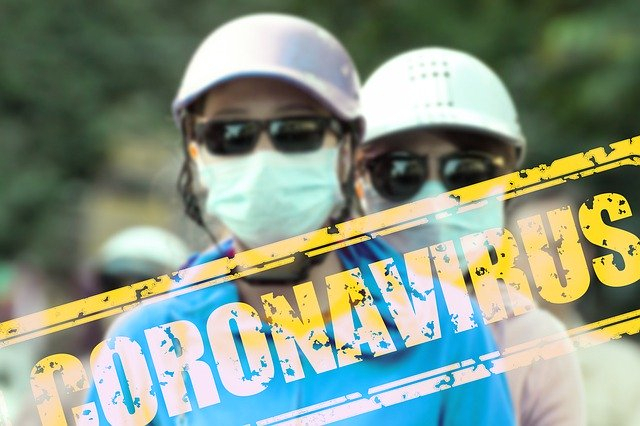While US surpassed China for the highest number of confirmed COVID-19 cases, the Asian country on Wednesday, March 25 downgraded the risk level of the Coronavirus in Wuhan, the initial epicentre of the deadly virus outbreak, from high to medium and resumed bus services within the city for the first time since the emergence of the Novel Coronavirus in December.
But scientists believe that such efforts at this point of time could bring another wave of a virus outbreak in China if the authorities don't take decisions carefully.

China lockdown
It is true that the lockdown helped China to combat the Coronavirus epidemic in the country and caused a drastic fall in China's air pollution. But another fact which cannot be overlooked is that Chinese people also suffered heavily due to the strict lockdown. People have died at their homes as they were not able to go out, many residents were struggling to get required food items and the daily life just stopped for months as provinces and municipalities issued their own regulations.
But now China has decided to lift the lockdown on Wuhan on April 8 marking a significant milestone in its battle against the deadly COVID-19 outbreak. Similar measures were also announced for other cities in Hubei province on Wednesday, March 25. But as per a new study, researchers claimed that the lifting of such restrictions in March would lead to a surge in COVID-19 case numbers that may peak in August.
China could be in trouble again
According to the scientists, at this point of time when the new Coronavirus has already affected more than half a million people globally, relaxing physical distancing and allowing people to lead their daily lives in Wuhan is too soon as they believe that it could cause a new wave or a second wave of Covid-19 infections later in the year.
The study published in the Lancet suggested that maintaining the restrictions until April would delay a second peak until October in China. It says, "Our projections show that physical distancing measures were most effective if the staggered return to work was at the beginning of April; this reduced the median number of infections by more than 92 percent and 24 percent in mid-2020 and end-2020, respectively."

The warning for China
In 2007, a study claimed that the situation in China was like a "time bomb" for a dangerous virus outbreak but nobody paid attention to the warning. At that time researchers mentioned that the "presence of a large reservoir of SARS-CoV-like viruses in horseshoe bats, together with the culture of eating exotic mammals in southern China, is a time bomb".
It should be noted that the new study, researchers used synthetic location-specific contact patterns in Wuhan and adapted these in the presence of school closures, extended workplace closures, as well as a reduction in mixing in the general community to understand how the lockdown helped China. The models used in this research are not directly applicable to the other countries but as per the scientists, the overall conclusion probably applied everywhere.
Yang Liu, a research fellow at the London School of Hygiene and Tropical Medicine and co-author of this new study said, "Physical distancing measures are very useful and we need to carefully adjust their lifting to avoid subsequent waves of infection when workers and schoolchildren return to their normal routine. If those waves come too quickly, that could overwhelm health systems."
Different scenarios
The researchers used the latest data on the spread of Covid-19 in Wuhan and the rest of China and analysed the different scenarios for lifting the intense safety measures in Wuhan. The lead author of the study, Kiesha Prem, from the London School of Hygiene, said that the extreme measures in Wuhan were implemented to reduce social contacts in school and the workplace that have helped to control the outbreak.
"However, the city now needs to be really careful to avoid prematurely lifting physical distancing measures, because that could lead to an earlier secondary peak in cases. But if they relax the restrictions gradually, this is likely to both delay and flatten the peak," added, Prem.
Here it should be mentioned that a few days ago, 73-year-old Professor Li Lanjuan, a member of Beijing's expert team on the virus who led the medical staffs to fight against the COVID-19 in Wuhan already revealed that China is facing a second outbreak due to the increasing number of infections detected among new arrivals from abroad and mentioned that she was "very worried that imported cases could trigger another large-scale epidemic in our country."
Meanwhile, IBTimes Singapore reached out to Dr Peter Hotez from the National School of Tropical Medicine who earlier revealed that in 2016 along with his colleagues he was making a Coronavirus vaccine, but for the lack of funding of the project never reached to the trial stage. Even though Dr Peter is not related to this study but he has mentioned that "until a vaccine becomes available social distancing is our most effective major weapon in combating the SARS CoV2."









